We spent a few days in Sydney recently and discovered it’s a great place for history buffs. Early Sydney history is largely centered around the city area and nearby. This makes staying within the city area and walking a good option. The other advantage is that you’ll find interesting little places to eat and unexpected surprises along the way.
Sydney history – the short version
Sydney came into being as a penal colony outpost of Britain. Most of the new inhabitants of the original Sydney town were unwilling arrivals – convicts, their gaolers and government administrators. There were few free settlers at first and the local residents weren’t very happy about these intruders.
If you’ve flown in to Sydney, you would have probably have landed at Botany Bay, the site of the first landing in 1770. It wasn’t as suitable as originally thought, so when the First Fleet arrived in 1788 to establish the penal colony, they discovered the larger harbour to the north and settled in a small inlet with running water and anchorage. This was Sydney Cove and the city grew up from here. Circular Quay is the legacy of this original settlement.
The Opera House and Circular Quay
Today, the small stream is under Circular Quay, still providing great anchorage, but now it’s used by cruise liners and the ubiquitous Sydney ferries. On the eastern side, built on Bennelong Point, is the easily recognisable Sydney Opera House. Financed by a public lottery, the Opera House opened in October 1973 and is an easily accessible landmark.
Walk around, enjoy a performance inside or a meal in one of the restaurants. Or just sit and enjoy the view. Bennelong was a local aborigine who worked with the newcomers as an intermediary. He had a small home there and the place took his name.
The Sydney Harbour Bridge around the other side of Circular Quay opened in 1932 and is one of Australia’s most recognisable structures.You can do a bridge climb if you have the nerves and have a wonderful 360o view of the harbour and surroundings.
The Powerhouse Museum
This wonderful museum occupies the old Ultimo Power Station building in Pyrmont, close to Darling Harbour. Although there have recently been suggestions that the museum could be moved to western Sydney, this is being vigorously opposed, and for now the museum stays where it is. There is an entrance fee and there is a lot to see in both the permanent and temporary exhibitions.
Have a good look around the section on Australian history and surprise yourself to find all the everyday items that are Australian inventions. There is a cafe, but you can also bring your own lunch. There’s a small playground with tables and benches in an outdoor courtyard. The Sydney Observatory is part of the museum with nightly tours from 8.15pm. One section we especially enjoyed was the human face of Sydney history, the people who lived there and their stories.
The Mint and Old Sydney Hospital
Located along Macquarie Street, The Mint used to be called the Sydney Royal Mint. The building has a colourful history, first serving as a hospital for convicts, before the Sydney Royal Mint moved in during 1855. It remained as such until 1926 when various government offices used the site, finally becoming the Sydney Living Museum in 1997. Entry is free and the museum is open Monday to Friday 9.30am to 5pm.
Have a peep inside the old Sydney Hospital nearby – they have the most beautiful staircase, stained glass windows and etched doors.
Hyde Park and the War Memorial
Pay a visit to the Sydney War Memorial at the southern end of Hyde Park. The memorial was built after the first world war and is open every day. Entrance is free. One of the nice things about this memorial is the Constellation of Honour and Memory where people can remember their loved ones who served in war.
At the time we visited, we were able to buy stars we could inscribe with the names of loved ones. We dropped them over the balcony and they fluttered down for collection at the end of the day. We were told they would be burnt, a little like the custom many cultures have of burning offerings for the ancestors. The small donation we made went to support the ANZAC legacy.
Enjoy a walk the length of Hyde Park, cross over the road and wander through the overhanging trees. Enjoy the buskers but don’t feed the ibis – the friendly birds foraging in the garden beds.
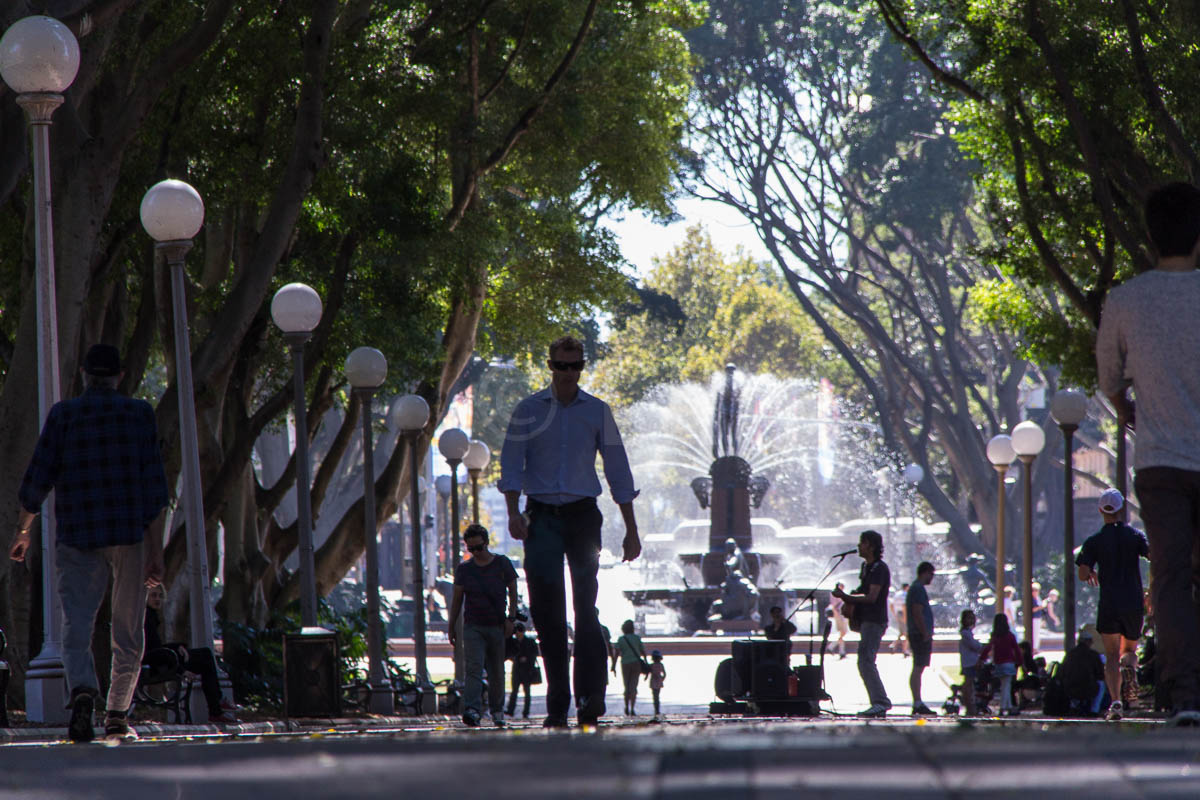
Art Gallery of NSW
The New South Wales Art Gallery is best approached by walking through the Domain. Stop by the Speakers Corner and hug a tree as you pass before walking towards the impressive stone frontage of the Gallery. The domed entrance hall leads to the various galleries, where there’s something for everyone. There are plenty of family and interactive activities and Australian and overseas artists are well represented.
If you’re there at the right time of year, you can vote for the People’s Choice winner of the Archibald Prize. The prize is awarded to a portrait, painted from life with the permission of the subject. This often controversial competition is supported from the will of the late JF Archibald, the rather radical founder of the Bulletin magazine and trustee of the Art Gallery. Yes the same JF Archibald with the fountain in Hyde Park.
The Domain / Botanic Gardens
Sydney has lots of parks and gardens, many with open spaces for people to play games or just sit and enjoy the sun when it’s not too hot. Walking on the grass is definitely encouraged! Much of The Domain and the Botanic Gardens stretching down to the harbour at Mrs Macquarie’s Chair was well wooded before the arrival of the First Fleet. Efforts are now being made to rehabilitate the area with native plants that were growing at that time.
Mrs Macquarie’s Chair, at the tip of the peninsular and the gardens are highly prized spots to view the fireworks on New Years Eve. Convicts hand carved the bench out of the sandstone in 1810 for Elizabeth Macquarie, the Governor’s wife. She lived in in the first Government House, one of the earliest buildings in the young city. The second Government House is nearby in the Botanic Gardens.
Catch a Ferry
If you have a couple of hours to spare, catch a ferry from Circular Quay to get the best view of the city, Opera House and Bridge. The quickest journey, which will have this view throughout, is a quick over harbour trip to Cremorne. If you have longer perhaps a trip to Manley and the Taronga Zoo. The Zoo is a great place to spend a day out, you’ll also have magnificent harbour views from certain spots.
Check out The Rocks
The old buildings around the rocky base of the bridge are part of the area known as ‘The Rocks‘. Take a walk around the area, perhaps before or after a Bridge Climb. A lot of Sydney history is hiding in the buildings in this area, one of the oldest areas to be built up. Stop in at one of the local pubs for a beer or a counter lunch, or a trendy little cafe for coffee and cake.
Get cultured at the Museum of Contemporary Art MCA
As you get close to Circular Quay, the low brick building near the cruise terminal, opposite the Opera House you’ll pass by the Museum of Contemporary Art. The MCA is very much involved in the Vivid Sydney programme, but they have a year-round schedule of permanent galleries and special exhibitions. With one of the best views in Sydney, their cafe is also a great place to break for lunch. The Gallery is open every day except 25th December, from 10am to 5pm, 9pm on Wednesday. Entry to the Gallery is Free of charge.
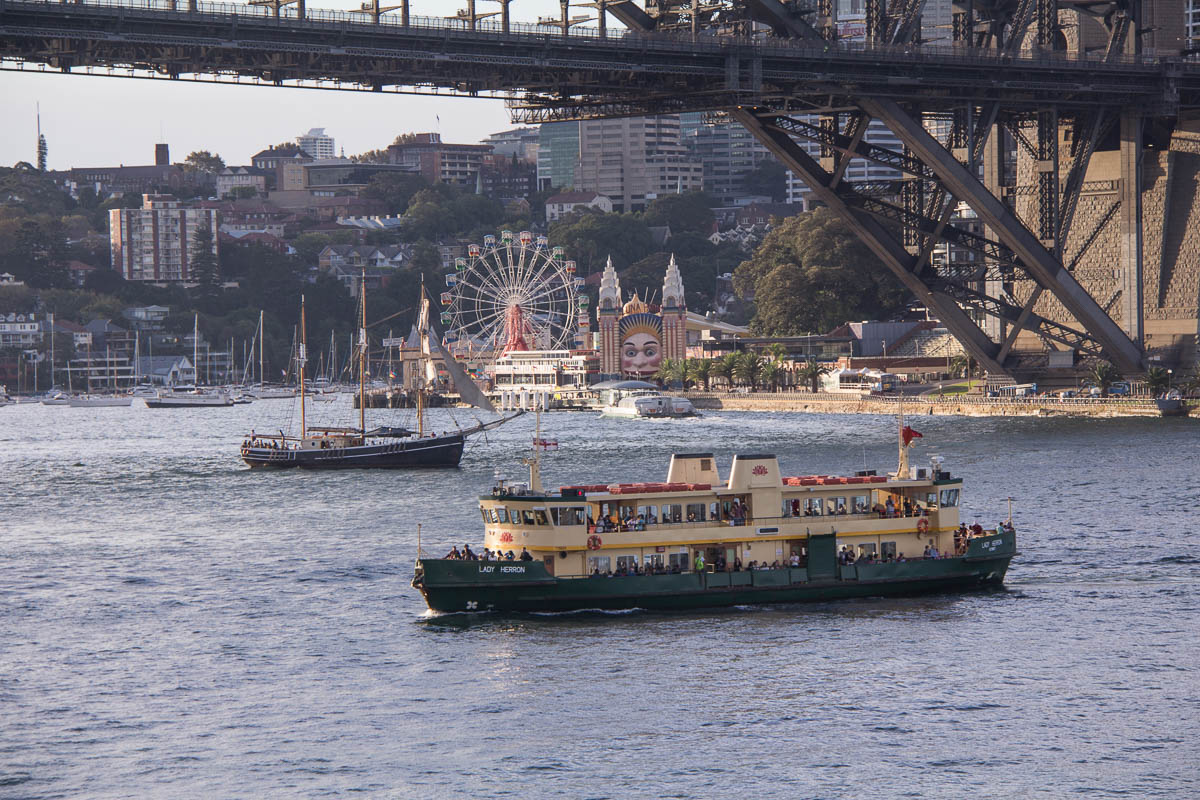

And all the rest!
There’s so much to see and do around City Sydney that you could easily fill a month and not finish. How about a fun day out at Luna Park, or enjoy all the attractions of Darling Harbour, site of many of the Vivid Sydney events. Have a Yum Cha (Dim Sum) brunch in Chinatown – the best you’ll find outside Asia.
Some of the other beautiful historical buildings you can visit include Queen Victoria Building (QVB), now restored as an upmarket shopping venue. St Mary’s Cathedral and Martin Place, the Sydney Town Hall and the old Commonwealth Bank Building in Martin Place, model for their old metal money box.
One place we’d like to have had time to visit is the Australian National Maritime Museum in Darling Harbour. Check out the tall ships, see what it’s like inside a submarine or join in the hands-on activities. While you need to pay for tickets to these activities, the permanent galleries are free. The Museum is open every day, except Christmas Day, 25th December.
images ©LL, RL
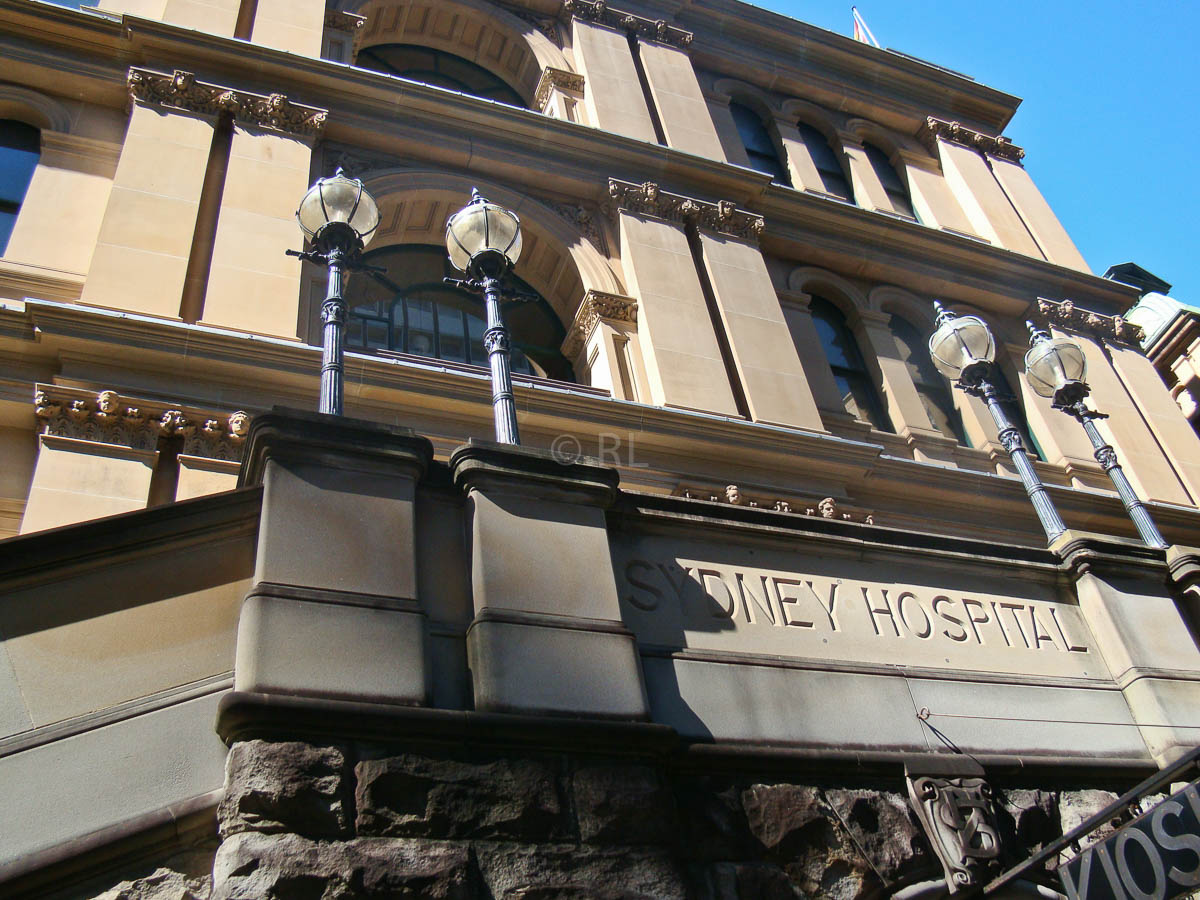


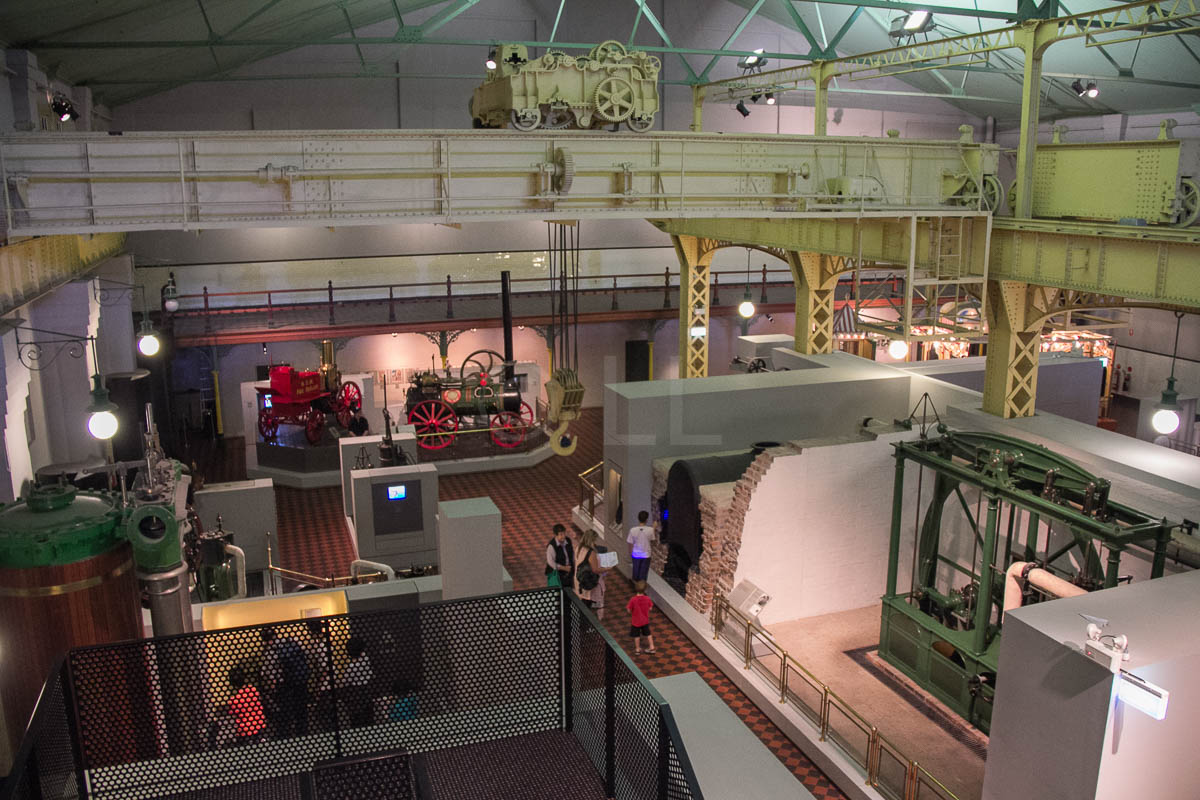


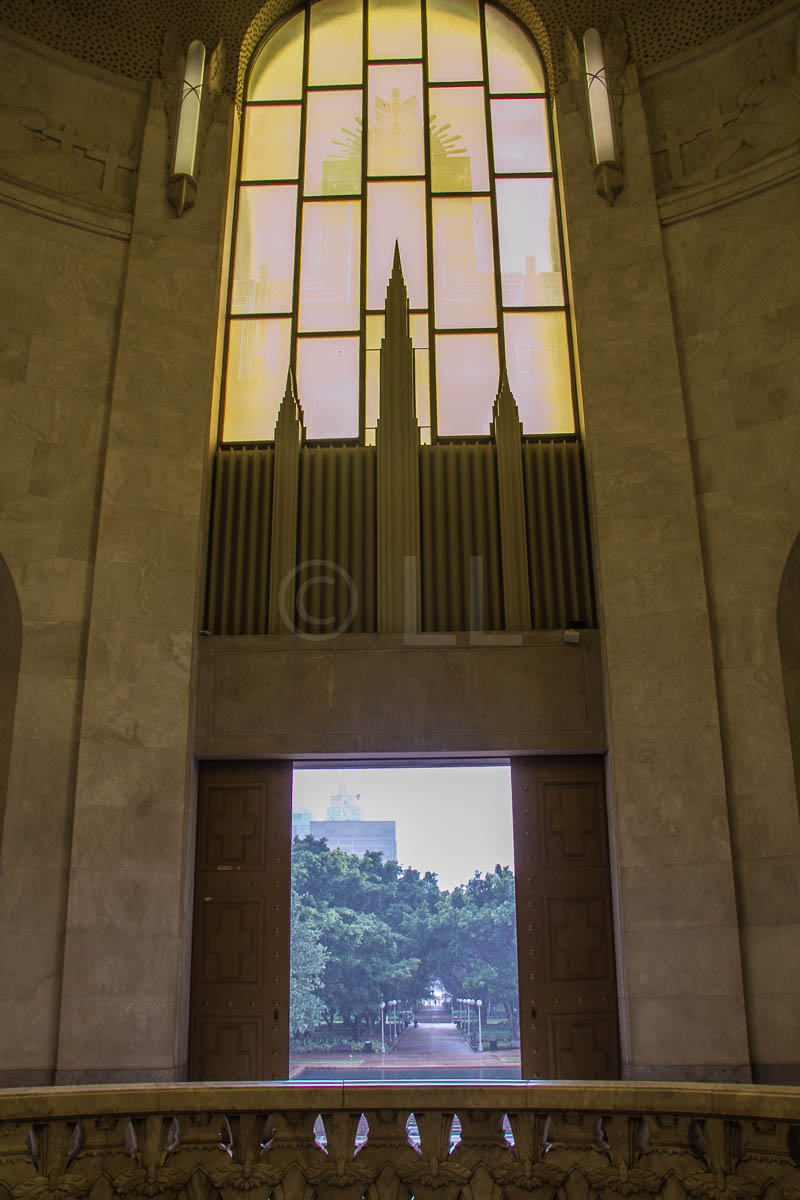
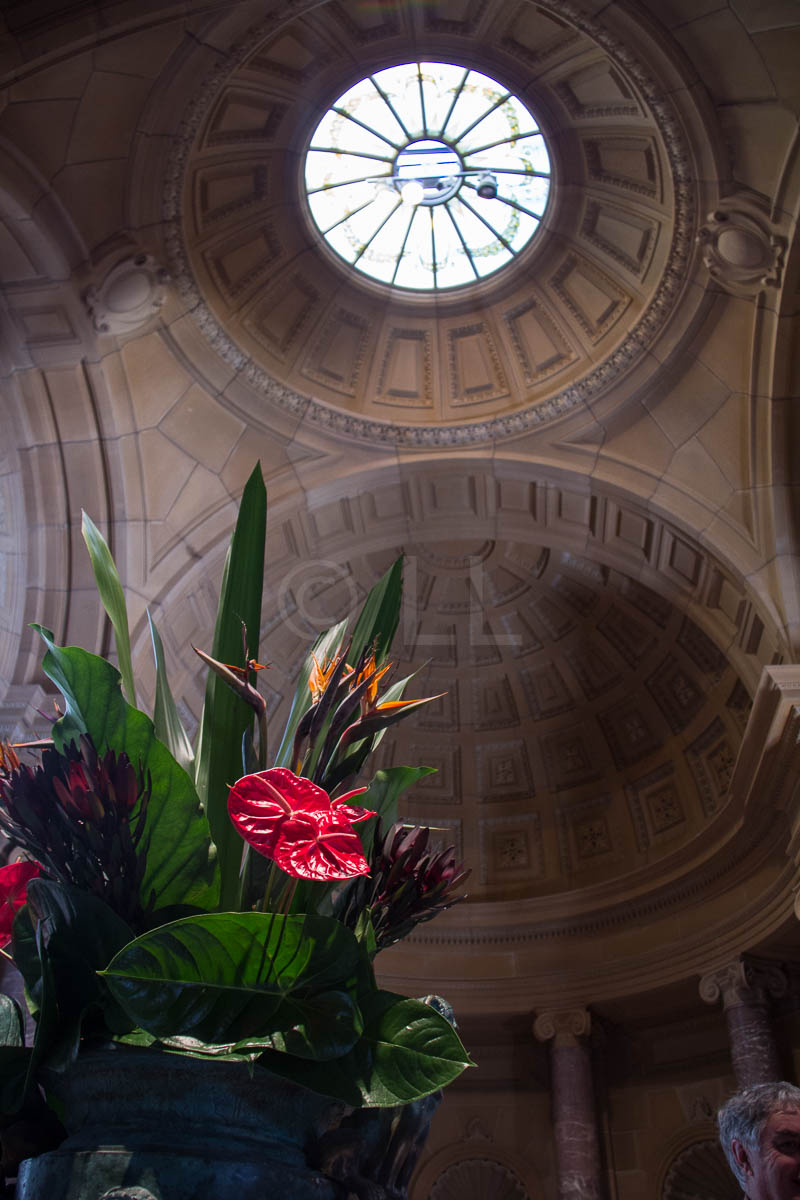
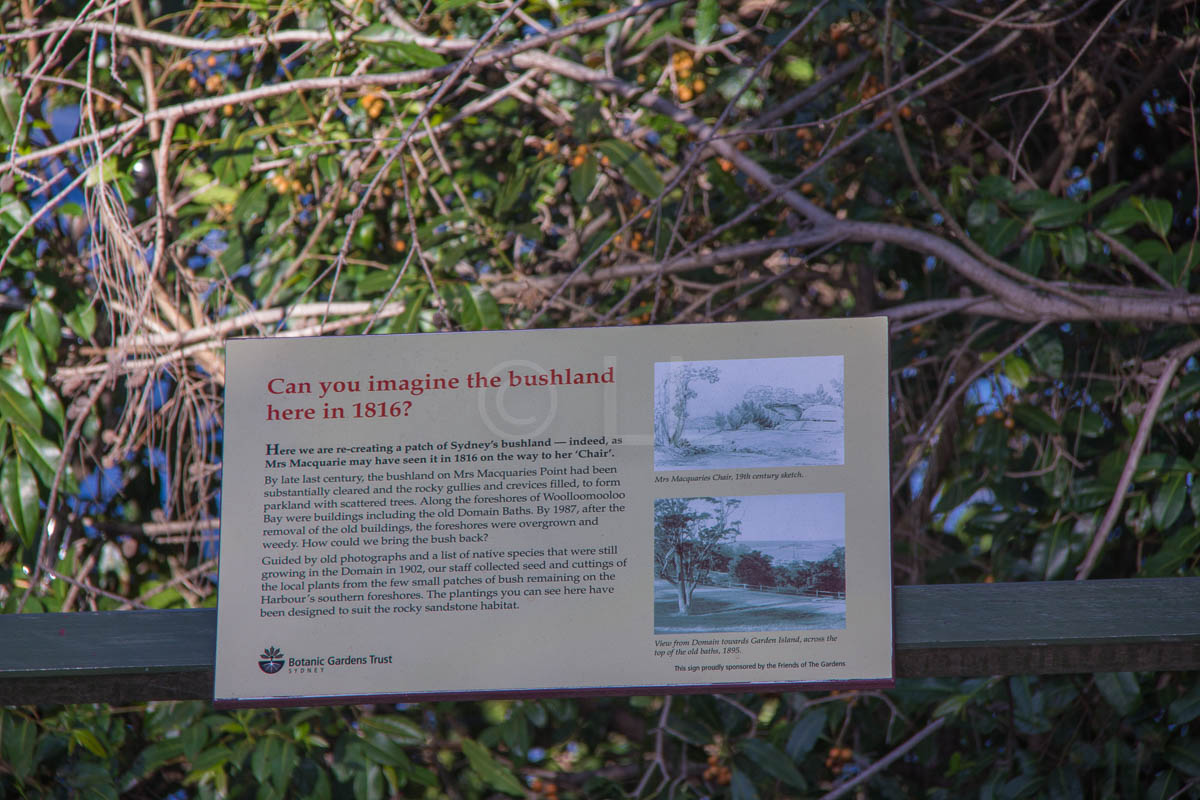
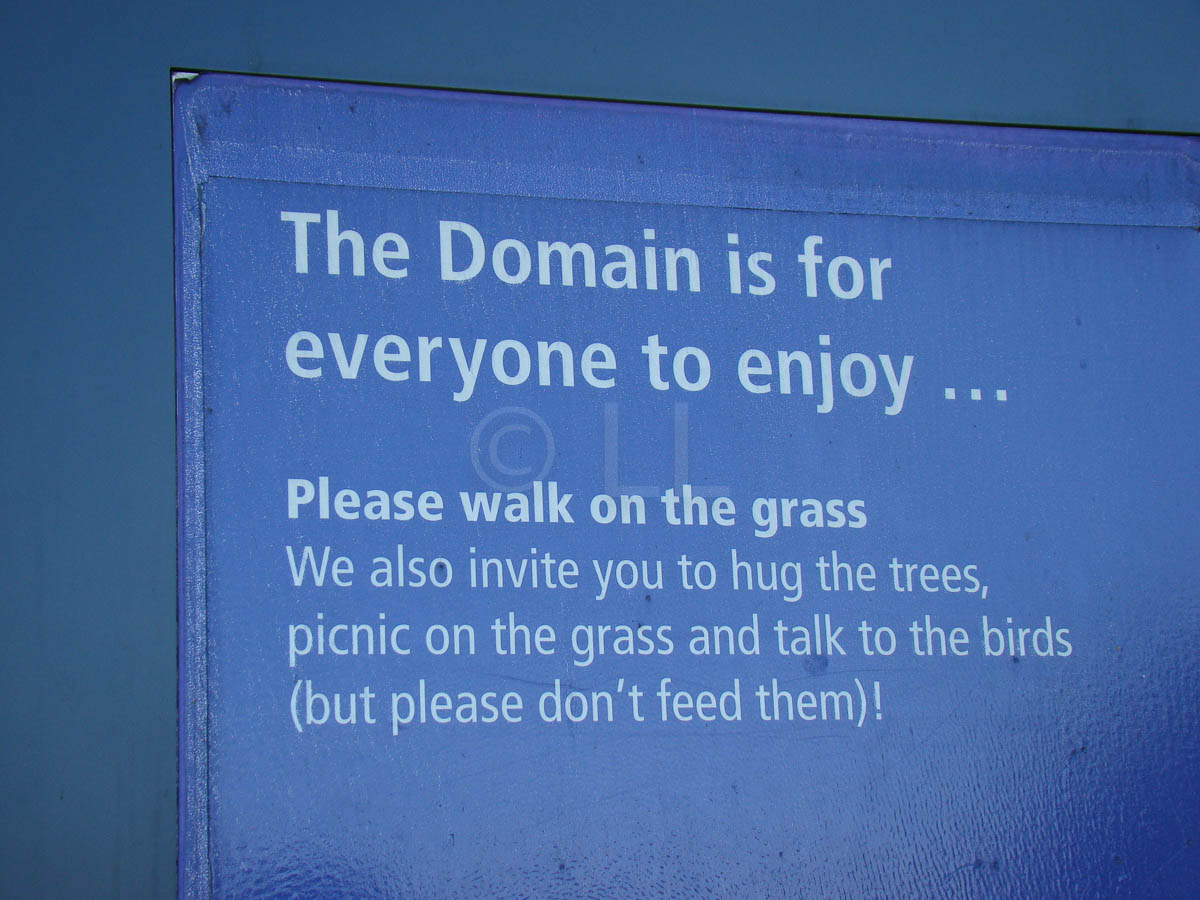






This Post Has 0 Comments